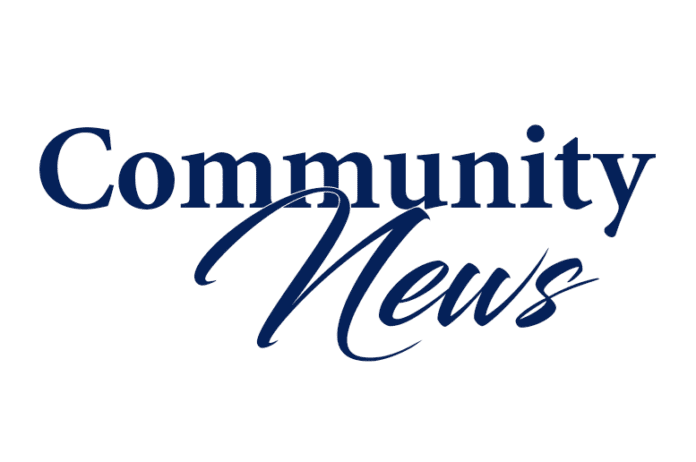Breast cancer is the second most commonly diagnosed cancer in American women, after skin cancer. In fact, one in eight women will develop invasive breast cancer over the course of their lifetime. In 2019, it is estimated that there will be about 269,000 newly diagnosed cases of invasive breast cancer, and about 42,000 deaths from the disease. Death rates from breast cancer have been steadily decreasing since 1989, especially in women less than 50 years. This has been thought to be due to increased awareness, earlier detection through screening and treatment advances.
Breast cancer screening improves the chances of early detection of disease, thus improving survival rates from cancer. The two most common guidelines followed are from the American Cancer Society (ACS) and United States Preventive Services Task Force (USPSTF). USPSTF recommends mammogram once in 2 years starting at age 50 years, though ACS recommends yearly mammograms from age 45 onwards.
Women with high risk for breast cancer- include those with family history of breast cancer or with positive BRCA 1 or 2 genes in first-degree relatives – need earlier screening starting at age 40 years with yearly mammogram and MRI. Having said that, only 10-15% of breast cancers run in the family. More than 85% of breast cancers develop in women with no family history of breast cancer. African American women are more likely to have younger age at onset of disease and also shower higher death rate from breast cancer as compared to Caucasian, Asian or Hispanic women.
Screening mammogram is the most acceptable and widely used tool for screening and is especially beneficial in decreasing death rates from cancer in women aged 50-69 years. Ultrasound is often used as an adjunct to mammography in younger women and those with dense breasts. MRI is not routinely used for screening except in patients with high risk factors like BRCA gene + status or family history of breast or ovarian cancer.






